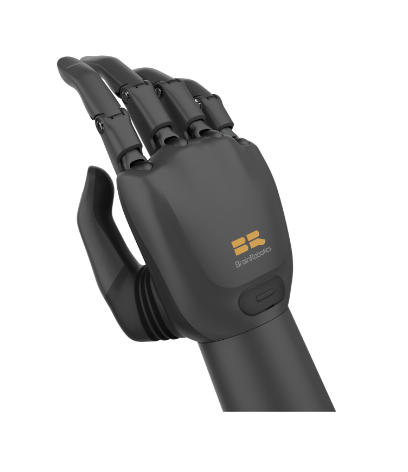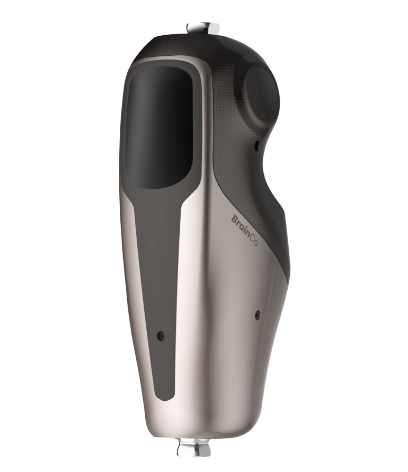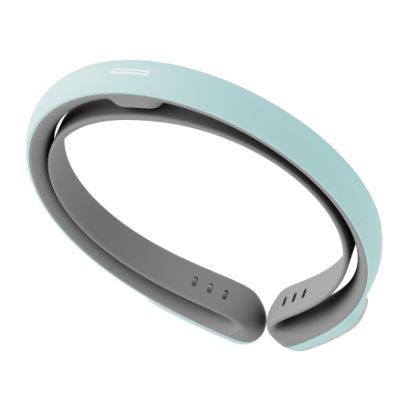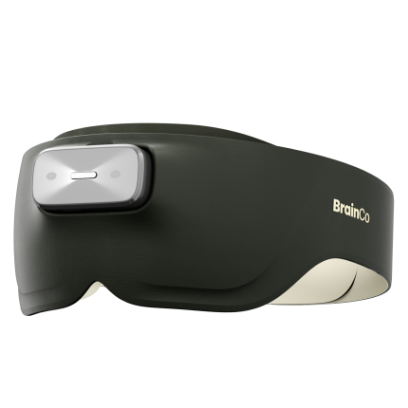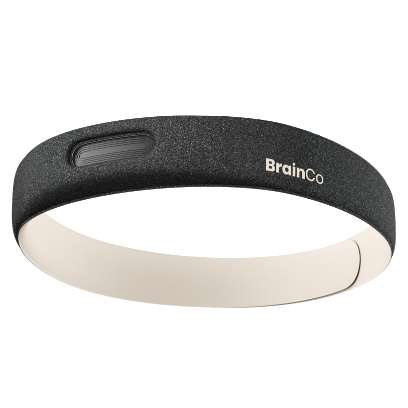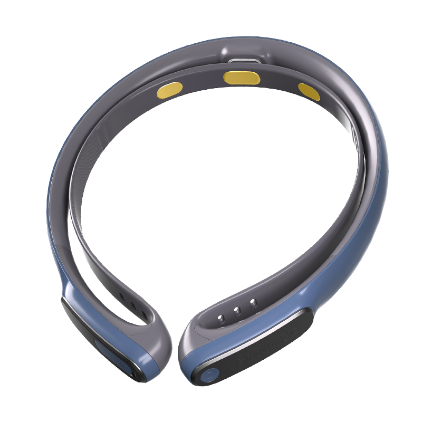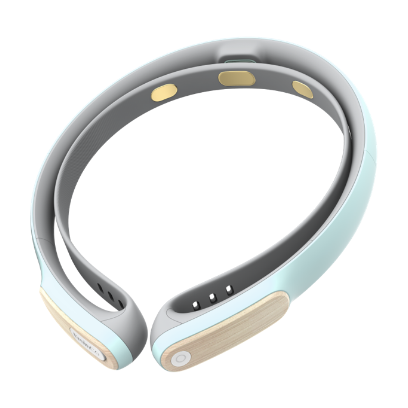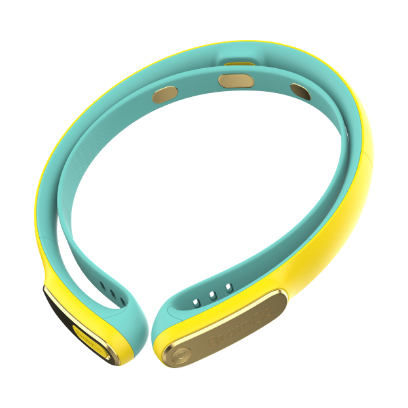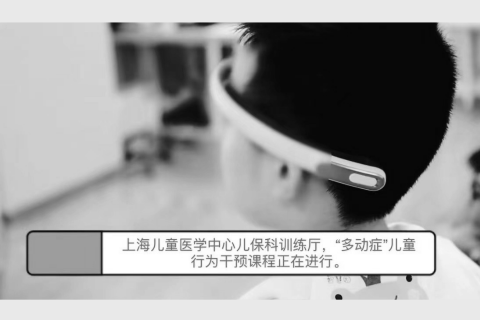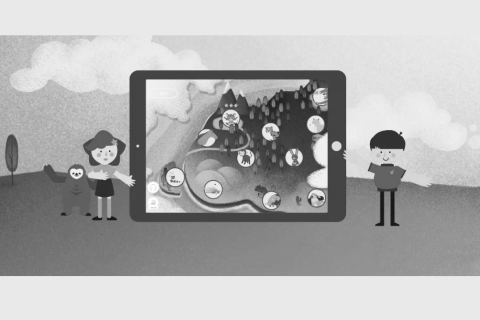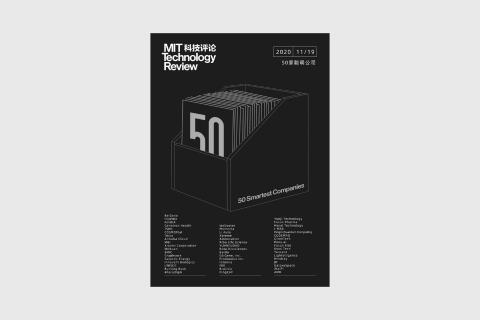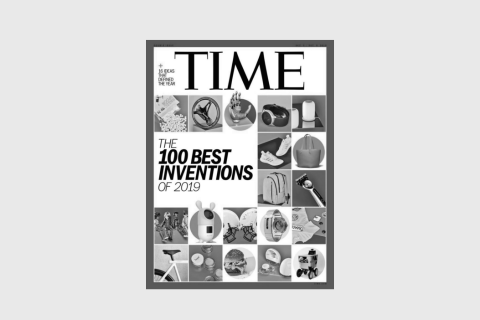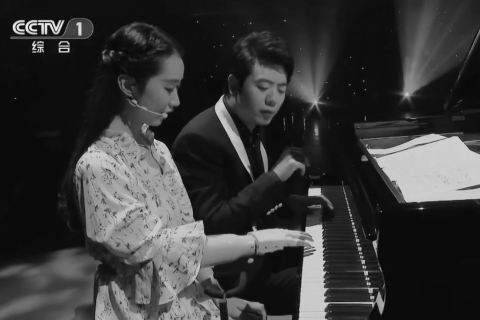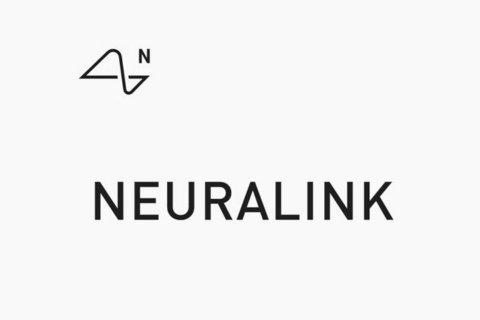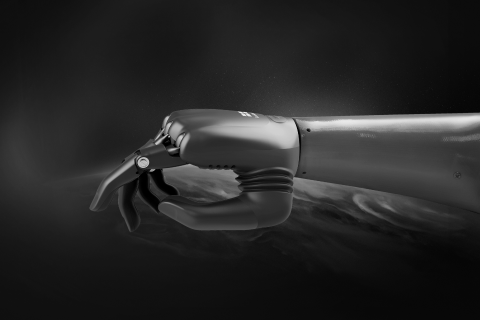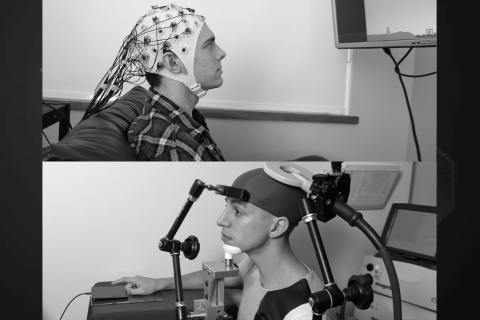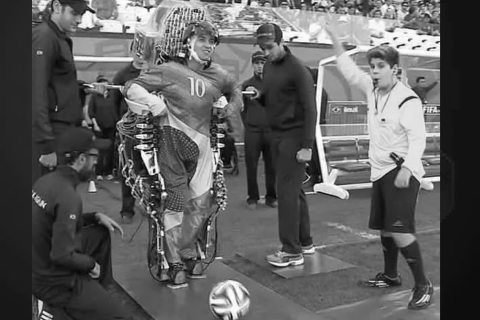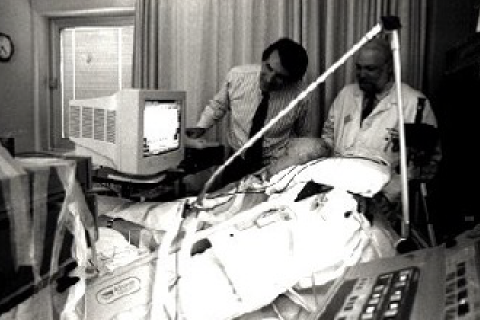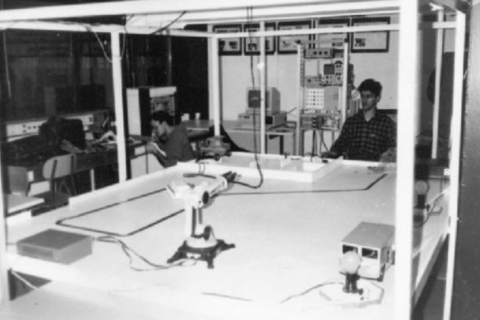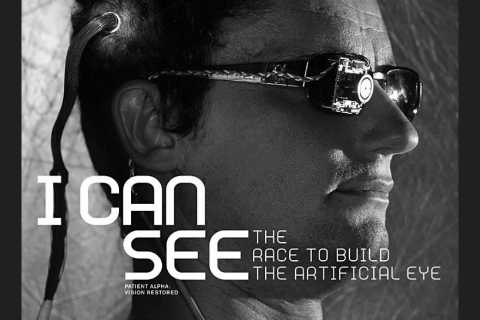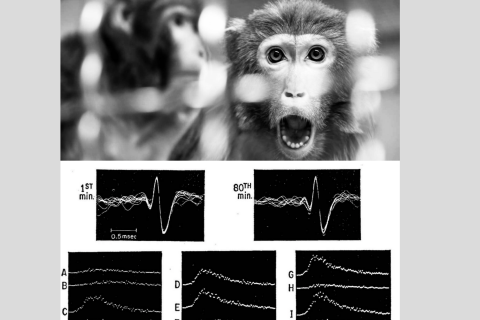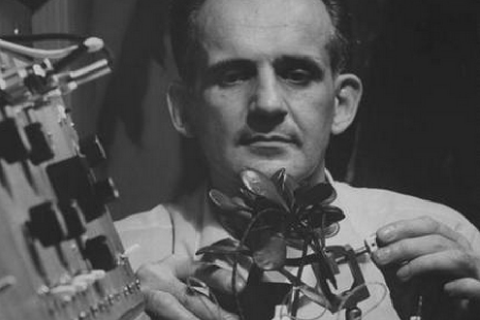科研合作项目
BrainCo科研力量
脑科学发展历程
Information about a person’s engagement and attention might be a valuable asset in many settings
including work situations, driving, and learning environments. To this end, we propose the first
prototype of a device called AttentivU—a system that uses a wearable system which consists of
two main components. Component 1 is represented by an EEG headband used to measure the
engagement of a person in real-time. Component 2 is a scarf, which provides subtle, haptic
feedback (vibrations) in real-time when the drop in engagement is detected. We tested AttentivU
in two separate studies with 48 adults. The participants were engaged in a learning scenario of
either watching three video lectures on different subjects or participating in a set of three
face-to-face lectures with a professor. There were three conditions administrated during both
...
An EEG-Based Closed-Loop Biofeedback System for Real-Time
Monitoring and Improvement of Engagement for Personalized Learning
Neurofeedback games are an effective and playful approach to enhance certain social and
attentional capabilities in children with autism, which are promising to become widely
accessible along with the commercialization of mobile EEG modules. However, little
industry-based experiences are shared, regarding how to better design neurofeedback games to
fine-tune their playability and user experiences for autistic children. In this paper, we review
the experiences we gained from industry practice, in which a series of mobile EEG neurofeedback
games have been developed for preschool autistic children. We briefly describe our design and
development in a one-year collaboration with a special education center involving a group of
stakeholders: children with autism and their caregivers and parents. We then summarize four
concrete implications we ...
Designing Mobile EEG Neurofeedback Games for Children with Autism:
Implications from Industry Practice









